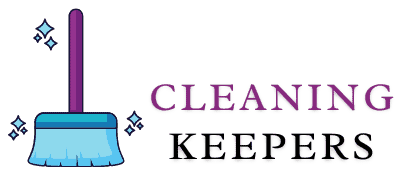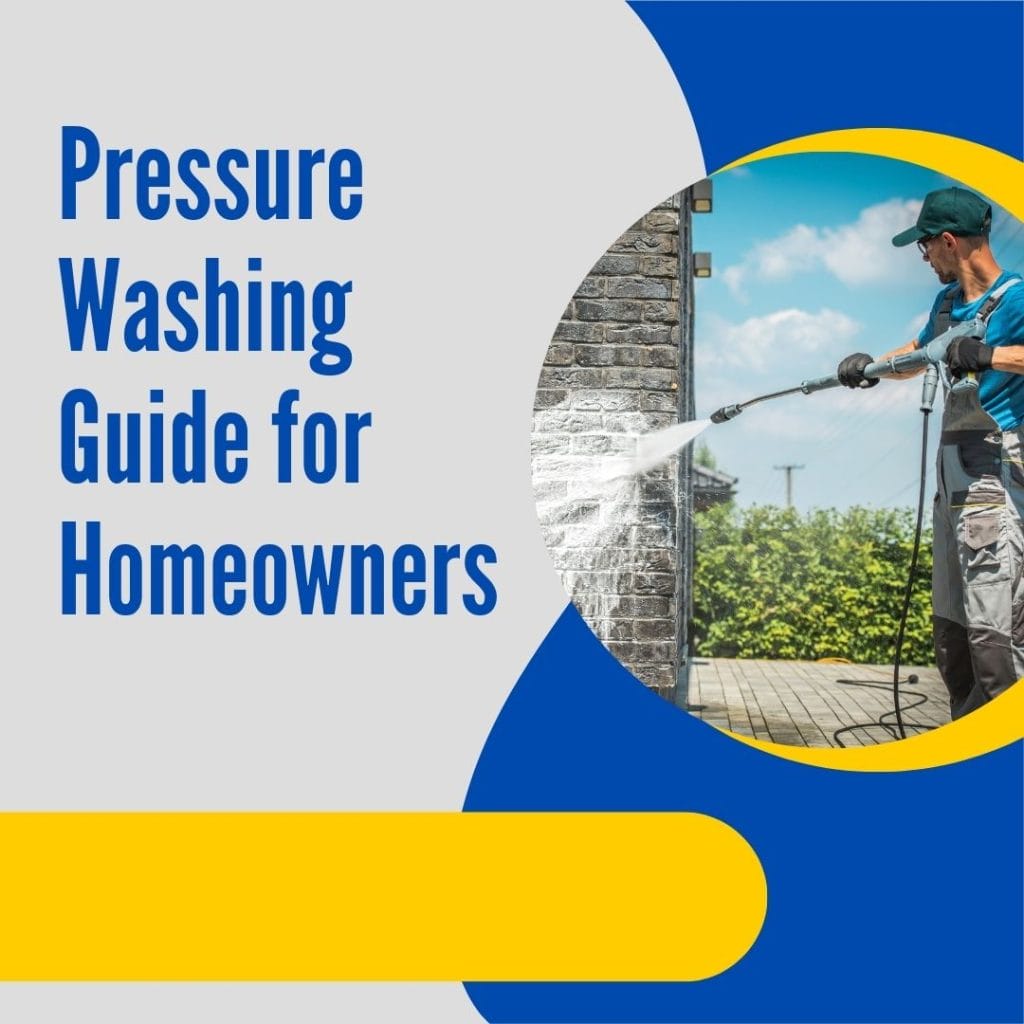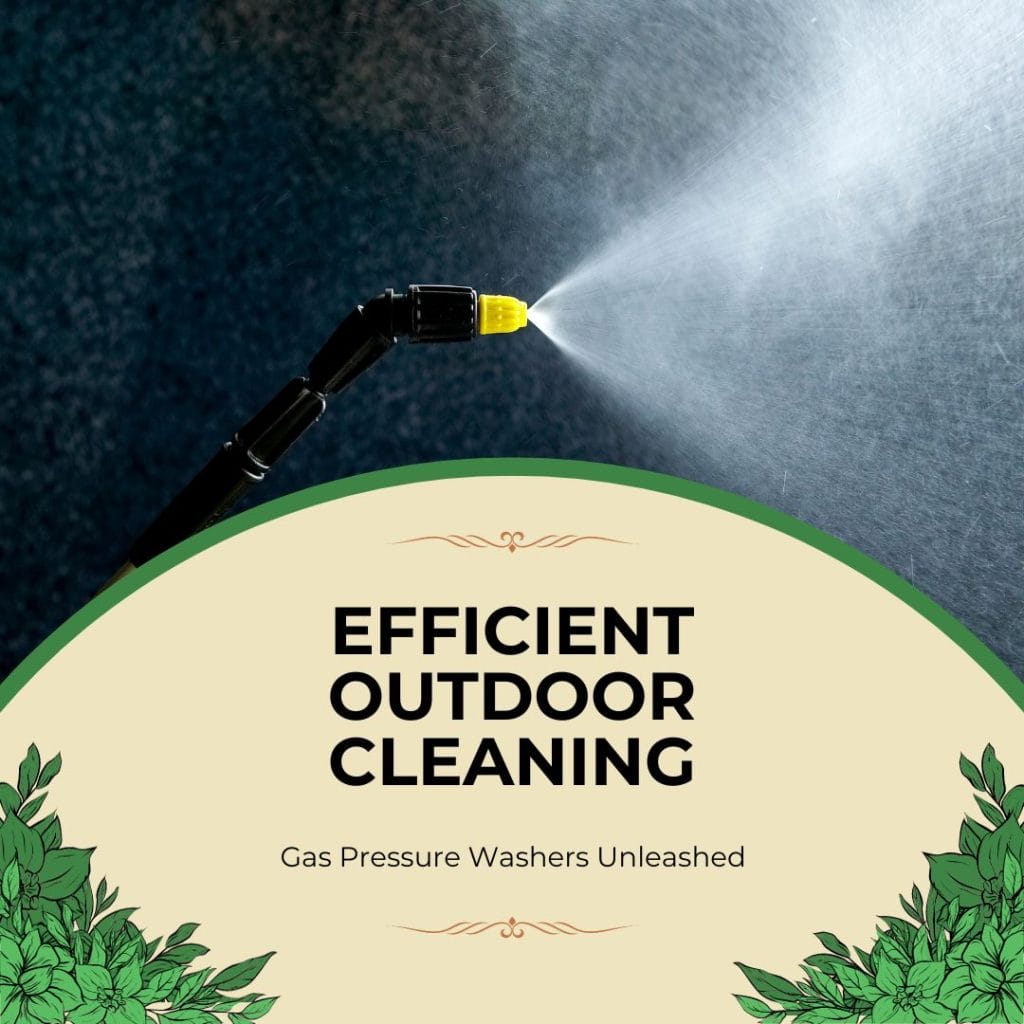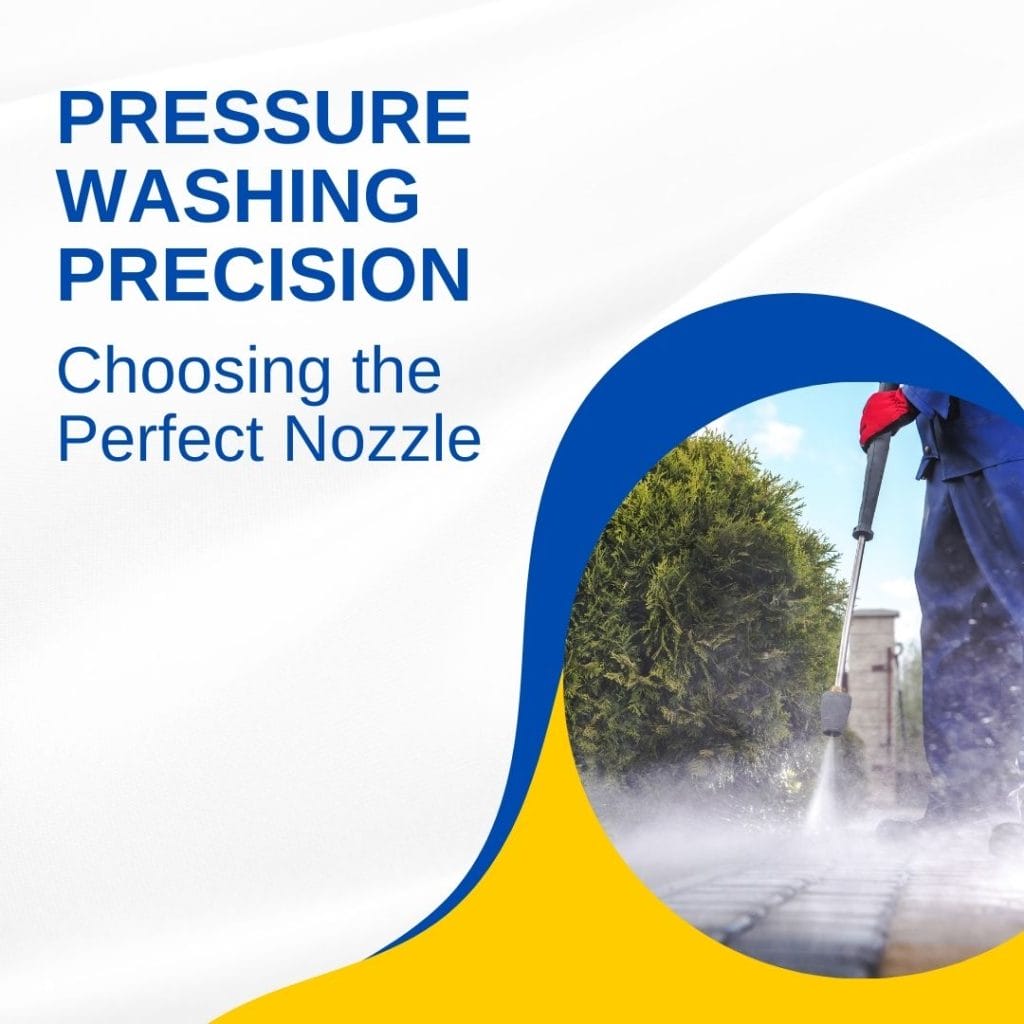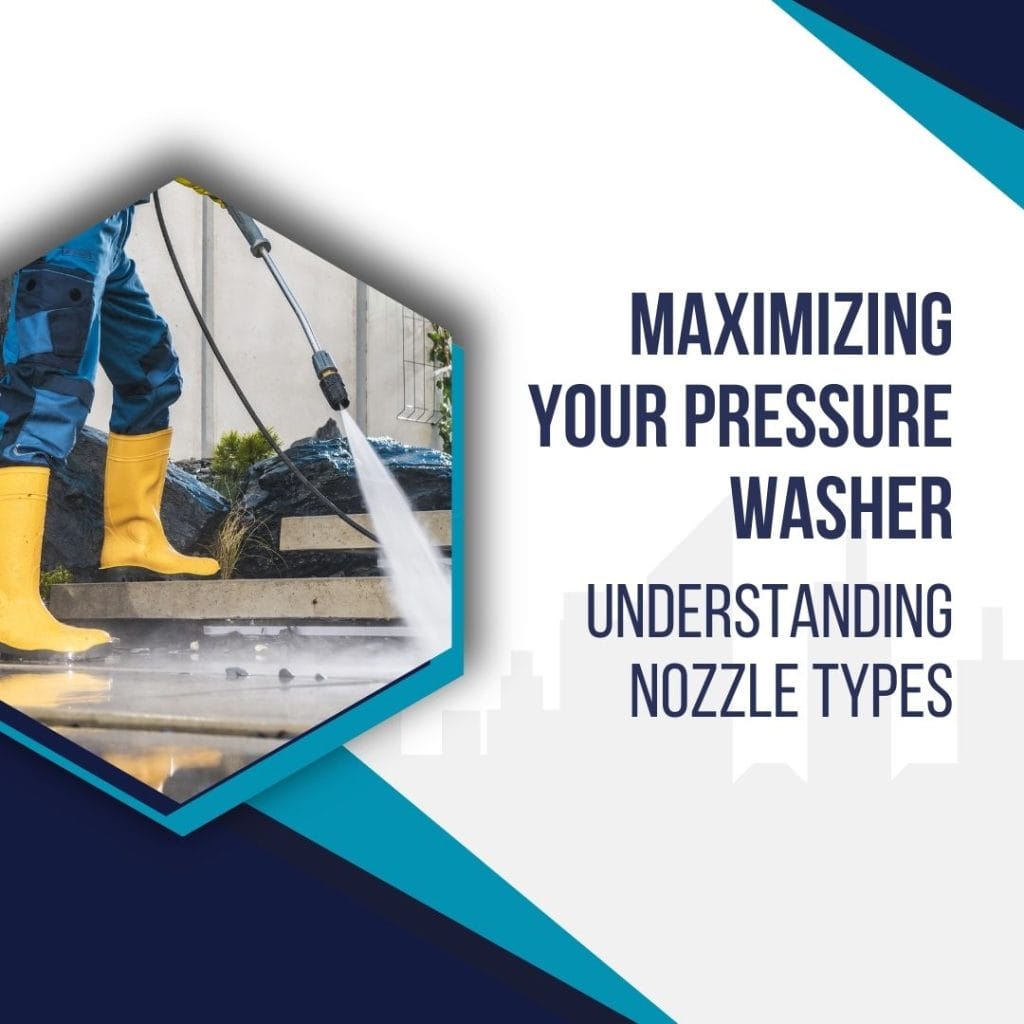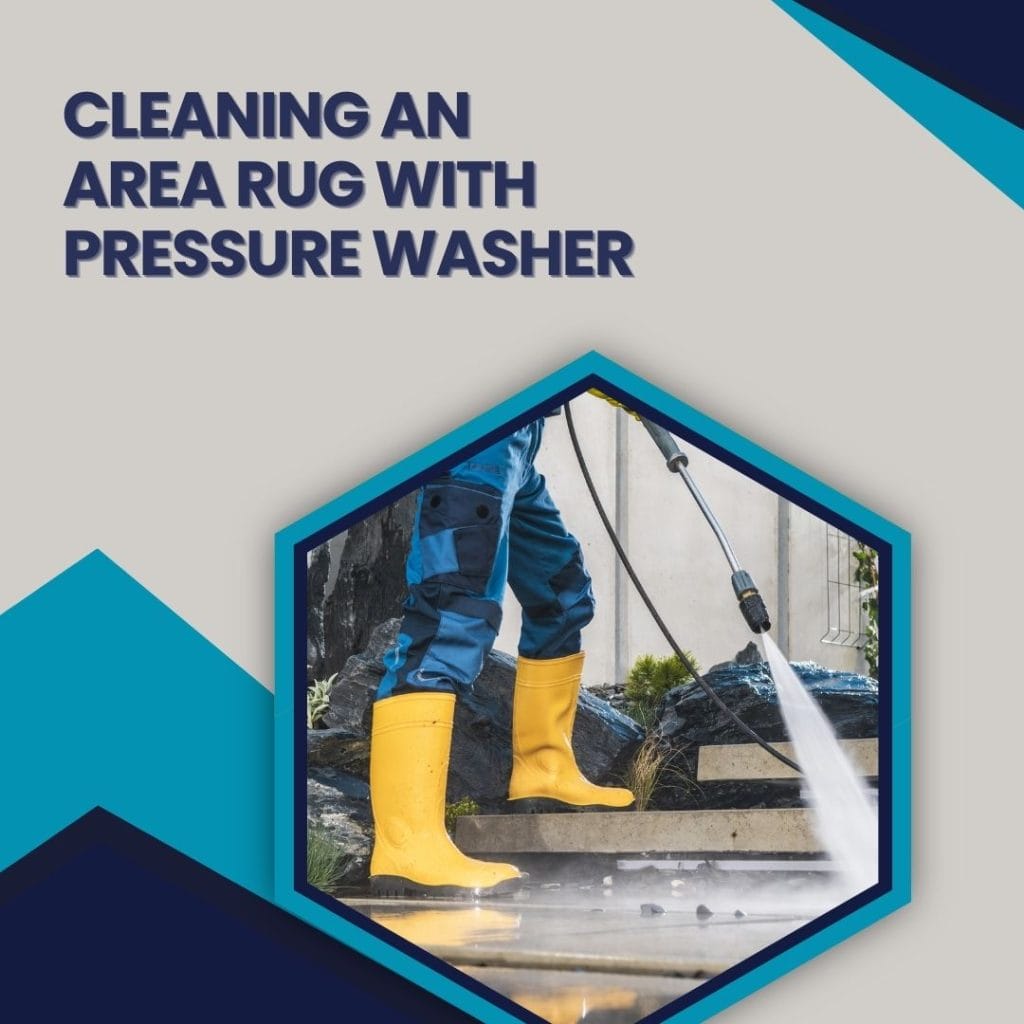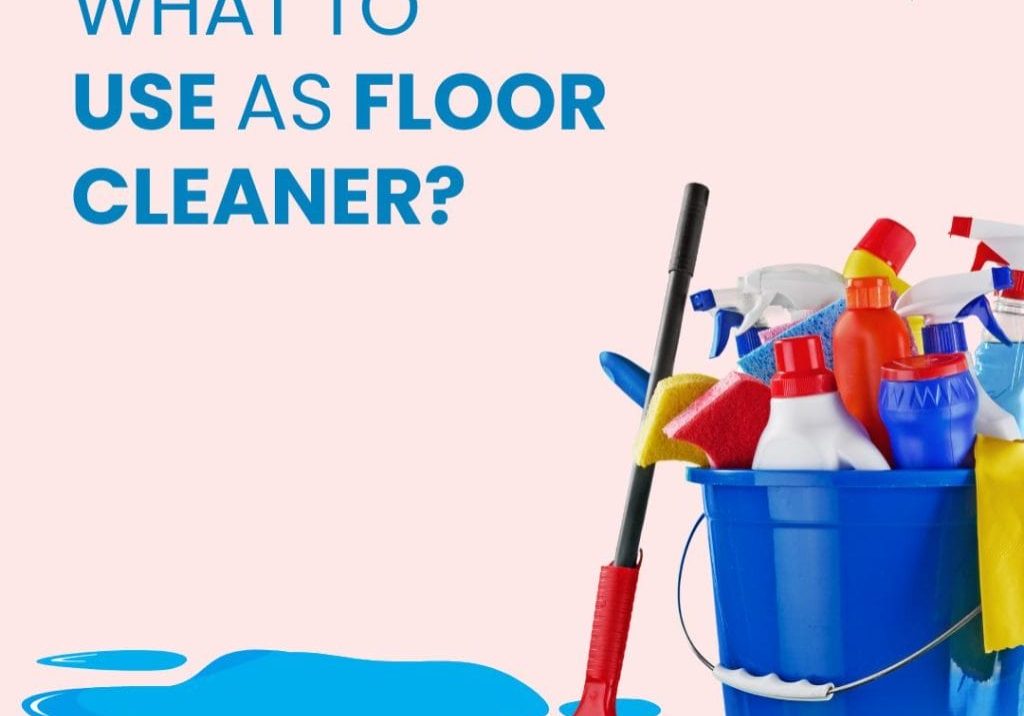Pressure washers, versatile and powerful tools, have become indispensable for their efficiency in cleaning various surfaces. However, maximizing your pressure washer usage depends largely on understanding its components, particularly the nozzle types. This guide will explore different nozzle types, helping you choose the right one to make the most of your pressure washer.
Maximizing Your Pressure Washer: Understanding Nozzle Types
To truly maximize your pressure washer usage, you must gain a comprehensive understanding of the various nozzle types. The nozzle, although small, plays a crucial role in determining the pressure, spray pattern, and efficacy of the cleaning process. This section will delve into the specifics of common nozzle types and their appropriate uses, providing you with the knowledge to optimize your pressure washing tasks.
The Seven Types of Pressure Washer Nozzles
There are seven main types of pressure washer tips. Please note that these types are not the size of the tips (read more on the size below).
1. 0 Degree Red Tip
The red tip, also referred to as the cutting nozzle, creates a zero-degree spray, making it extremely powerful. Its strength lends itself to spot treatments, particularly for removing stubborn grime or rust on heavy-duty metals. However, it is important to note that the red tip can cause damage to metals; hence, it is advisable to always start with a less intense tip.
The red tip is not recommended for use on most household surfaces, such as concrete, tile, siding, or plastic. This rule extends to vehicles as well. If used with extreme caution, and from a fair distance, it can be utilized to remove stains from high-quality concrete.
Despite its potency, the red tip is not frequently required by homeowners. Its usage is primarily confined to commercial entities tasked with cleaning construction or industrial equipment due to its localized high-pressure output.
For projects needing the red tip’s power but with a speedier completion time, consider employing a rotary or turbo nozzle. These alternatives, while maintaining the efficacy of the red tip, cover a larger area, thus accelerating the cleaning process.
2. 15 Degree Yellow Tip
Characterized by its powerful spray, the yellow tip is often dubbed the ‘chiseling nozzle’. Its forceful, 15-degree thin stream is expert in tackling stubborn paint, grime, and grease on hard surfaces like metal and concrete. This makes the yellow tip an excellent choice for prepping these surfaces for a fresh coat of paint. However, caution should be exercised when dealing with softer surfaces such as wood or siding, as the yellow tip may potentially cause damage to them.
3. 25 Degree Green Tip
The 25 Degree Green Tip, often referred to as the ‘flushing nozzle’, is a versatile tool that is ideal for a range of household projects. It creates a balanced 25-degree stream that melds powerful pressure with a decent surface coverage, resulting in quicker project completion compared to relying on stronger, more concentrated nozzles.
This nozzle can be used safely on a variety of surfaces such as wood, thicker types of vinyl (excluding pool linings), vehicles, boats, metal, driveways, patios, stone, and decks. Some users even utilize the Green Tip as a makeshift leaf blower for their driveways.
However, caution is vital when using the Green Tip. It can be potentially harmful to skin and delicate surfaces due to its robust pressure. It might exacerbate existing gouges or chips in certain materials, so always use with care.
We recommend conducting a small test with the less aggressive White tip before progressing to the Green Tip, especially when dealing with high-value items such as vehicles or house sidings.
Additionally, the Green Tip is not suitable for rinsing off potent cleaning chemicals from surfaces. It’s best to first rinse with the low-pressure Black tip, then follow up with the Green Tip to ensure a thorough clean while minimizing the risk of surface damage.
4. 40 Degree White Tip
Often referred to as the ‘washing nozzle’, the White Tip dispenses a 40-degree stream. Despite its gentler nature compared to other pressure washer tips, it’s pivotal to remember that it can still cause harm to skin and highly delicate surfaces.
The White Tip might not boast the same power as its counterparts, but its wide spray pattern makes it incredibly versatile. This feature allows swift and efficient cleaning of blinds and other softer items.
When dealing with sensitive outdoor furniture, curtains, other fabrics, or aluminum sidings, the White Tip is an excellent choice. Its gentle approach also suits tasks such as washing vehicles and window cleaning without causing damage.
However, caution is advised when employing the White Tip on items with existing faults. For example, it could exacerbate a chip on a window or pull loose threads on blinds, making the problem worse. Therefore, always inspect the items to be cleaned for any potential weaknesses before using the White Tip.
5. 65 Degree Black Tip
Also known as the ‘soaping tip’, the Black Tip produces a substantial 65-degree spray. This wide distribution enables you to swiftly apply soap across virtually any surface.
However, prior to utilizing this tip, it’s critical to verify whether your pressure washer is compatible with soap or detergent, or any cleaning solution you plan to use.
Certain pressure washers may be adversely affected by soap, while others feature dedicated soap attachments that greatly simplify the process. Always ensure to check the compatibility of your machine to avoid unnecessary damage.
6. Rotary Nozzle (Blue or Black, Large)
The rotary nozzle ingeniously harnesses the power of the zero-degree red nozzle. It achieves this by placing it on a rotating head, thereby covering a vast surface area with the high pressure typical of the red tip. Most pressure washers do not include a rotary or turbo nozzle, due to their potentially hazardous nature and limited necessity for homeowners.
However, for professionals operating a pressure washing business with a focus on industrial, construction, or farming equipment cleaning, a rotary nozzle might prove useful. It’s essential to bear in mind, though, that despite working faster than the red tip, this nozzle still operates at a relatively slow pace. Always consider using a less potent tip where feasible to ensure safety and prevent unnecessary damage.
7. Adjustable Pressure Washer Nozzles
Adjustable pressure washer nozzles offer a flexibility that brings convenience and versatility to your cleaning tasks. These nozzles, as the name suggests, allow for easy modifications to the spray pattern. This means you can seamlessly switch between a 0-degree concentrated jet to a 65-degree wide spray, often without even having to power down the pressure washer.
Adjusting the spray pattern is typically as simple as rotating the nozzle. However, it’s pivotal to consult the specific guidelines provided by the manufacturer to ensure safe and proper use of the nozzle.
Although most pressure washer models don’t include an adjustable nozzle as standard equipment, worry not. These handy attachments are widely available for purchase and can be fitted to the majority of pressure washers. Investing in one could potentially streamline your cleaning process by eliminating the need to switch between multiple nozzles.
Understanding Nozzle Stream Adjustment
While the selection of your nozzle is primarily based on the pressure it generates, it’s essential to consider the impact of the nozzle’s proximity to the surface you’re cleaning. Moving the stream closer to the surface intensifies the pressure, while increasing the distance reduces it. This is why it’s crucial to maintain a steady distance from the surface for an effective and consistent cleaning experience when using a pressure washer.
The Mechanics of Pressure Washer Nozzles
A pressure washer is a powerful tool that, be it electric or gas, can generate a high volume of water. However, it is the nozzle that plays a critical role in pressurizing this water. The nozzle restricts the flow of water, directing it through a minuscule hole and creating the much-needed ‘pressure’ in a pressure washer.
Comparing it to everyday objects can help visualize this process. Consider a garden hose; when you block part of its opening with your thumb, the water shoots out further, doesn’t it? Pressure washer nozzles function on the same principle.
Differences between nozzles lie primarily in the size of the hole they channel water through. Red nozzles, with the smallest holes, create the highest pressure stream. Conversely, the black nozzle, with its larger hole, creates minimal pressure and is primarily used for soaping surfaces.
Choosing the Right Nozzle for Your Task
Choosing the correct pressure washer nozzle is paramount. Select the wrong one, and you could risk damaging the surface you’re working on, or not cleaning it effectively at all. Furthermore, the speed of your work is influenced by your nozzle choice.
Smaller nozzles dispense a less expansive area of water onto your surface. If you were stripping paint off a metal surface, for instance, the smallest tip would create a thin line, while larger tips would result in wider lines. Hence, a smaller nozzle means it’ll take longer to cover your working area.
A practical approach is to select the lowest pressure necessary to complete your job effectively or utilize the rotary nozzle (discussed later). This strategy ensures that your work progresses efficiently, and you finish faster.
What Happens If You Choose the Wrong Spray Tip?
Choosing the wrong spray tip for your pressure washer can have unwanted consequences. If the tip is too powerful for your surface, it can cause damage. For example, a high-pressure stream can strip paint or even dent metal if applied inappropriately. On the other hand, a spray tip that is too weak might not even make an impact on the dirt and grime you’re trying to remove, leaving your surfaces unclean despite your efforts.
Always bear in mind the golden rule: start with a wider-angle nozzle and move up if necessary. This approach helps you limit the risk of harming your surface. It’s better to spend a bit more time on the task than to accidentally inflict damage that could be costly or time-consuming to repair.
Something else to note is that pressure washer nozzles come in different sizes, not just different sprays. Most pressure washers designed for home use will come with a set of the right size pressure washer nozzles, usually in the form of quick-connect tips. However, this may not always be the case.
Choosing the wrong size nozzle for your pressure washer can lead to significant problems. For instance, it could damage the tip or the washer itself and result in a significantly higher or lower pressure than what’s listed on the nozzle. This discrepancy can put you, your property, and your equipment at risk. Therefore, always ensure to check the nozzle size before use.
Are Pressure Washer Nozzles Interchangeable?
Pressure washer nozzles come in various types with some being interchangeable and others not. If your machine was supplied with a set of quick-connect tips, these can be safely used with your specific pressure washer. However, when considering the purchase of a new nozzle or a set, it’s crucial to ensure that the size or the connection fits perfectly with your machine.
Common quick-connect sizes include 1/4 inch and 3/8 inch. It’s advisable to refer to your pressure washer’s user guide to identify the correct sizing, or alternatively, inspect the nozzles that were included with your washer. These nozzles typically come with size labels for easy identification.
It’s important to note that using an improperly sized nozzle can cause damage to your pressure washer. A tip that is too small can result in a dramatically stronger stream than anticipated, potentially harming the engine. Conversely, a nozzle that is too large can produce a weaker stream than you’d expect, leading to ineffective cleaning.
How to Care for Your Pressure Washer Nozzles
Proper care and maintenance is crucial once you’ve selected the right pressure washer nozzles for your needs. This helps to extend the lifespan of your investment and keeps the nozzles functioning optimally. Over time, it’s common for debris and dirt to accumulate within the nozzles, necessitating regular cleaning.
Start the cleaning process by carefully detaching the nozzle from the pressure washer. This is typically a simple process, but refer to your user manual if needed. Handle the detached nozzle with care to avoid any damage.
Next, use a small wire brush specifically designed for spray nozzles. Gently scrub the interior of the nozzle to dislodge any stuck debris or dirt. Take your time with this step, ensuring that you cover all areas within the nozzle.
Finally, it’s time to flush the nozzle. This can be done using a garden hose. Direct the water flow through the tip in the reverse direction to how it flows during use. This backward water flow aids in effectively removing any remaining debris. Ensure you have a steady water flow, and continue flushing until the water exiting the nozzle is clear and debris-free.
Conclusion
In conclusion, understanding the various aspects of pressure washer usage, including the different nozzle types, materials, and the need for proper maintenance, can significantly enhance your cleaning efficiency and extend the life span of your machine. It’s not just about choosing the right nozzle but also ensuring that it is well-maintained and fits your pressure washer perfectly. With this knowledge, you are now equipped to maximize the potential of your pressure washer.
